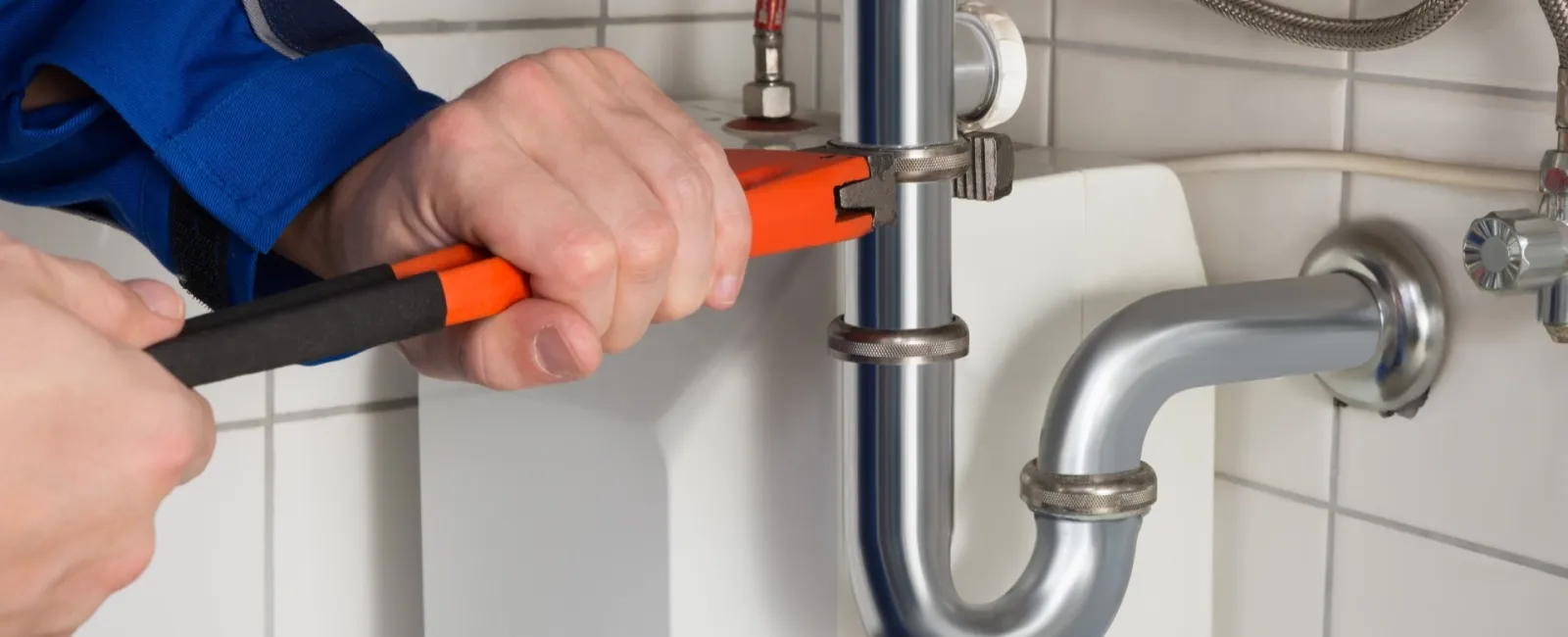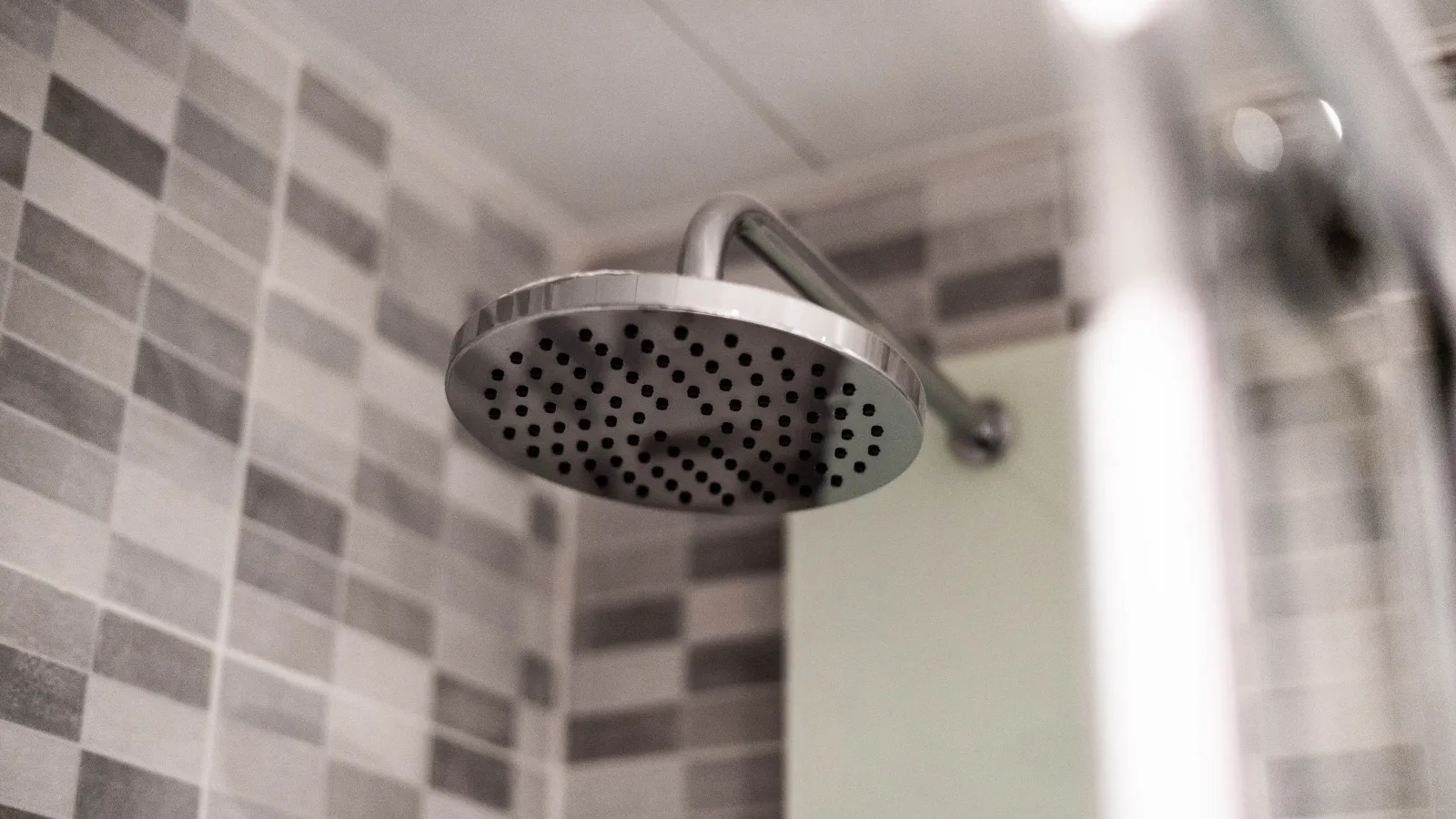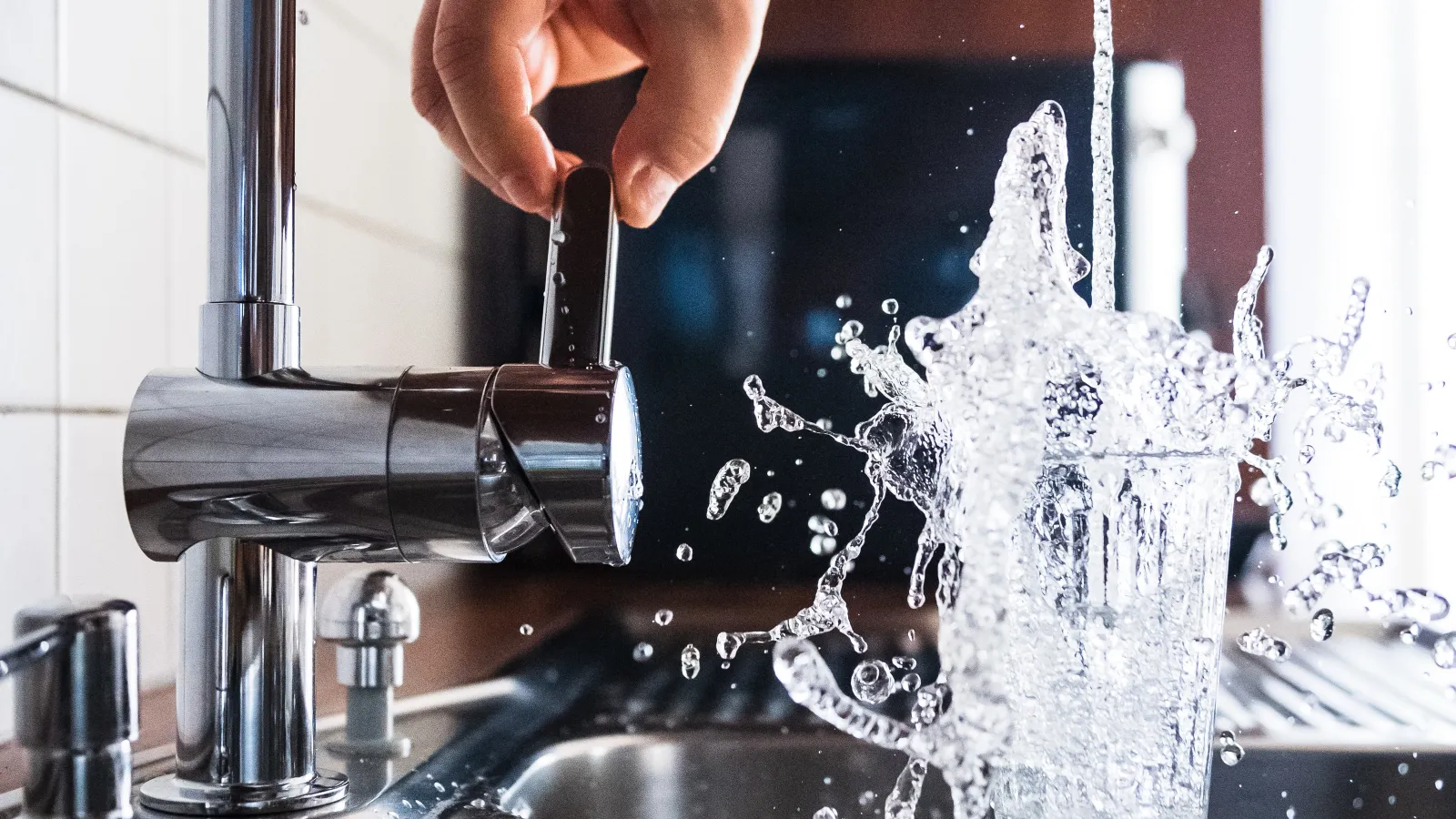Ever find yourself wondering, how do sump pumps work? If you're like one of our many customers this question has probably been on your mind!
Contrary to what many homeowners might think, sump pumps don't mitigate floods. They are, however, a great first step toward maintaining a dry and healthy basement. Learn exactly how a sump pump operates to ward off rising ground-water levels inside your home.
The basics
Sump pumps access water from one place — a basement, for example — and pump it to another, typically the home's drainage system. To achieve this, the pump must be powerful enough to move the water, and it must be reliable. For instance, if the pump stops, gets clogged, or doesn't have power to run during heavy rains, a basement will surely fill up with water.
Location
Sump pumps are often installed in the basement in the lowest graded area, over or in a deep hole that has access to ground water.
Drainage
The sump pump moves water out through the local sewage drains. However, some local codes may not regulate sump pump drainage. In this case, the pump may drain the water away from the home, preferably downhill.
The components
The basic sump pump has a "float" that hovers above the water that naturally rests in the hole in which the pump's installed. Once the float reaches a preset level, its rising position activates the sump pump. In this "on" mode, the system's pump starts working to move water from the hole to the drainage pipes and away from your home.
Power
As you may have guessed, a sump pump needs power to run. Most pumps run on electricity, so power outages will affect reliability. Ideally, homeowners should also install a battery-powered backup system to ensure that the pump will run even without power.
An experienced and licensed plumber can advise you about primary and backup sump pumps for your home, and will ensure that they're installed correctly.
Now the next time someone asks you how do sump pumps work, you'll be able to give them the 411!



